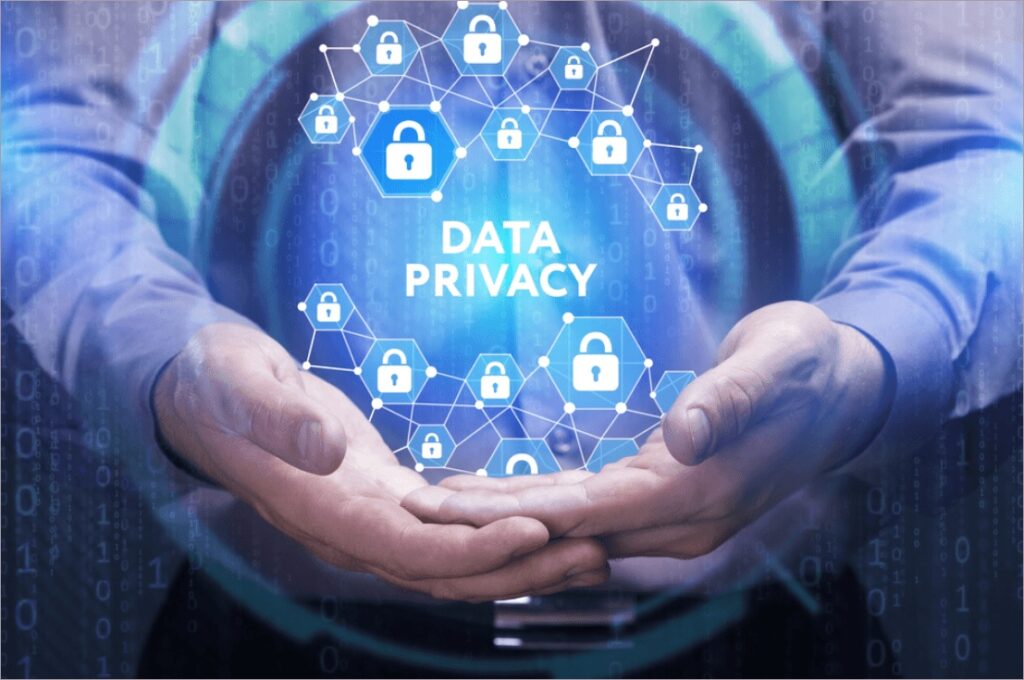In today’s increasingly digital world, safeguarding your digital assets from cyber risks is paramount. With the rise of online banking, cryptocurrencies, and digital wallets, our reliance on digital platforms for financial transactions and data storage has grown exponentially. This shift, however, comes with a corresponding rise in cyber threats, making it crucial to implement robust data security protection measures. A breach in digital security can have devastating consequences, not only compromising personal and financial information but also leading to significant financial losses, identity theft, and long-term damage to your reputation. Ensuring your digital assets are protected requires a proactive, multifaceted approach that leverages the latest in cybersecurity technology and best practices. The first step in protecting your digital assets is to understand the various cyber risks that exist. These include phishing attacks, malware, ransomware, and data breaches, all of which can be used to steal sensitive information. Similarly, ransomware attacks can lock you out of your systems or data, demanding payment for restoration.

In a world where digital crime is constantly evolving, staying informed and vigilant is key to minimizing risk. To mitigate these risks, one of the most critical aspects of data security is the use of strong authentication methods. Passwords remain the first line of defense, yet many people still use weak or easily guessable passwords. Implementing two-factor authentication 2FA or multi-factor authentication MFA adds an extra layer of Data Security Protection by requiring not only a password but also another form of verification, such as a fingerprint, facial recognition, or a one-time code sent to a mobile device. These additional security measures make it significantly harder for hackers to gain unauthorized access to your accounts, even if your password is compromised. Encrypting sensitive data is another essential practice for securing your digital assets. Encryption converts your data into a coded form that can only be deciphered with the correct decryption key. This ensures that even if your data is intercepted or stolen, it remains unreadable and unusable to cybercriminals. End-to-end encryption should be employed for sensitive communications, transactions, and data storage, providing an extra layer of security against potential breaches.
Regular software updates and patches are also vital in preventing cyberattacks. Outdated software often contains vulnerabilities that hackers can exploit, so ensuring that all applications and operating systems are up to date is crucial. Many cyberattacks occur because individuals or organizations fail to install security patches in a timely manner, leaving systems exposed to known vulnerabilities. Automating these updates where possible can help ensure your digital defenses are always up to date. Finally, investing in cybersecurity solutions such as firewalls, anti-virus software, and intrusion detection systems can provide further protection. These tools monitor and block suspicious activity, preventing unauthorized access and alerting you to potential threats in real time. For those holding significant digital assets, especially cryptocurrencies, cold wallets—offline storage devices—offer an extra level of security against hacks and online threats. In conclusion, protecting your digital assets from cyber risks requires a comprehensive approach that combines strong authentication, encryption, regular software updates, and advanced cybersecurity solutions.